Heaven sent: Paradisoterrestre unites divine revivals with work by contemporary disciples
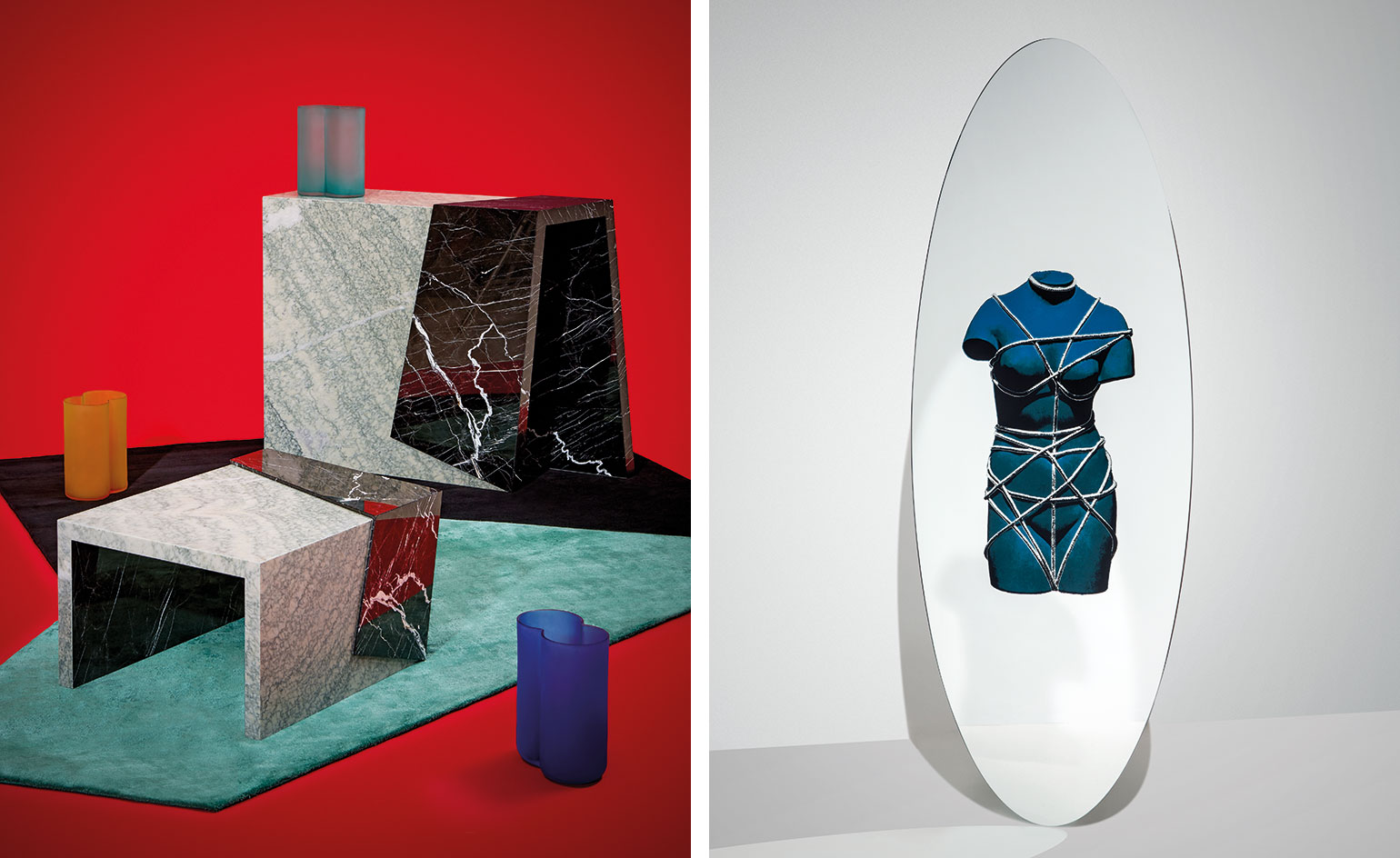
Dino Gavina is one of the founding fathers of Italian design. Over a career spanning 55 years, the designer and entrepreneur launched legendary companies such as Flos, Gavina and Simon, working closely with furniture and creative luminaries such as Carlo Scarpa, Marcel Breuer and Pier Giacomo and Achille Castiglioni. Gavina operated in what critic Beppe Finessi called ‘the heroic season’ of Italian design, the great post-war flowering that lasted till the end of the 1960s when companies like Cassina, Kartell and Arflex were founded, and when Bruno Munari and Ettore Sottsass were revolutionising the art of living. While working as a theatre set designer, Gavina met artist Lucio Fontana, who became a sort of creative mentor. Fontana introduced Gavina to design through a visit to the Milan Triennale in the early 1950s, where he met designers such as Carlo Mollino, Marco Zanuso and the Castiglionis.
In 1960 he founded Gavina (which produced furniture by Carlo and Tobia Scarpa and the Castiglionis, among others, and was sold to Knoll in 1968) and two years later Flos, in collaboration with Cesare Cassina. In the late 1960s, Gavina opened the Centro Duchamp in his native Bologna, intended as a meeting point between artists, makers and the general public (Man Ray attended the inauguration with his wife Juliet). Around the same time, he also founded Simon, a new company where he could combine his cultural and manufacturing interests, and whose collections bridged furniture and art (the brand was acquired by Cassina in 2013).
Gavina also worked with artists to create objects that defied the standard rules of design. Through his friendships with Fontana and Man Ray he acquired an enlightened view on production, combining art and industrial manufacturing. Marcel Breuer, whose ‘Wassily’ chair Gavina had produced through his eponymous company, called him ‘the most sensitive and impulsive furniture manufacturer of the world’. Gavina believed in the potential of industrial manufacturing; ‘production is the most effective communication tool of our time’, he said. His total design approach is also evident in the commissioning of Carlo Scarpa to design a store in the centre of Bologna, and of his eponymous company’s headquarters and factory, designed by the Castiglionis.

Kazuhide Takahama's ‘Naeko’ armchairs
This incredible legacy will now be celebrated in a new project by fellow Bologna resident Gherardo Tonelli. ‘Gavina was not a traditional entrepreneur,’ says Tonelli. ‘He was very charismatic, a catalyst of ideas and people. He could get the best out of designers, architects and artists, sharing his passion with them.’ This month, Tonelli launches Paradisoterrestre, a venture inspired by Gavina’s design experience.
‘I have always been close to art, design and fashion,’ explains Tonelli. His mother, Giorgia Rapezzi, founded Bologna concept store L’inde le Palais and is a collector of art and design pieces, some of these gifted by Gavina himself. Two years ago, Gavina’s daughter Ilka Alessandra (a long-time friend) offered Tonelli the chance to revive one of her father’s brands, Paradisoterrestre. A Simon sub-brand established in 1983 and closed on Gavina’s death in 2007, Paradisoterrestre was inspired by the principles of Goethe’s Naturphilosophie and his romantic approach to science, and produced outdoor pieces designed by Kazuhide Takahama and Luigi Caccia Dominioni. Tonelli’s venture will acquire the name, but will have a larger scope, reissuing discontinued lines from the entire Gavina back catalogue.
‘I insisted that Tonelli acquired the Paradisoterrestre brand to connect with my father’s work,’ explains Ilka Alessandra Gavina. ‘This is a unique opportunity, but also a huge responsibility,’ says Tonelli. ‘The historical reissues are at the core of this project.’ He worked closely with Ilka Alessandra Gavina and with key figures from her father’s companies. One collaborator is Franca Suzzi, an upholsterer who worked with Gavina from the age of 16 and who still restores archive pieces for collectors; another is Giulietto Cacciari, a designer who worked with Gavina on both products and graphics. ‘These people have been instrumental in bringing back forgotten pieces,’ notes Tonelli, who has also been consulting with the families and foundations of the designers.
The first steps of this new venture are being presented at Salone del Mobile. As well as reissuing pieces from the Gavina archive, Tonelli is also commissioning designers to create a new collection of furniture and accessories, inspired by research into the archive.
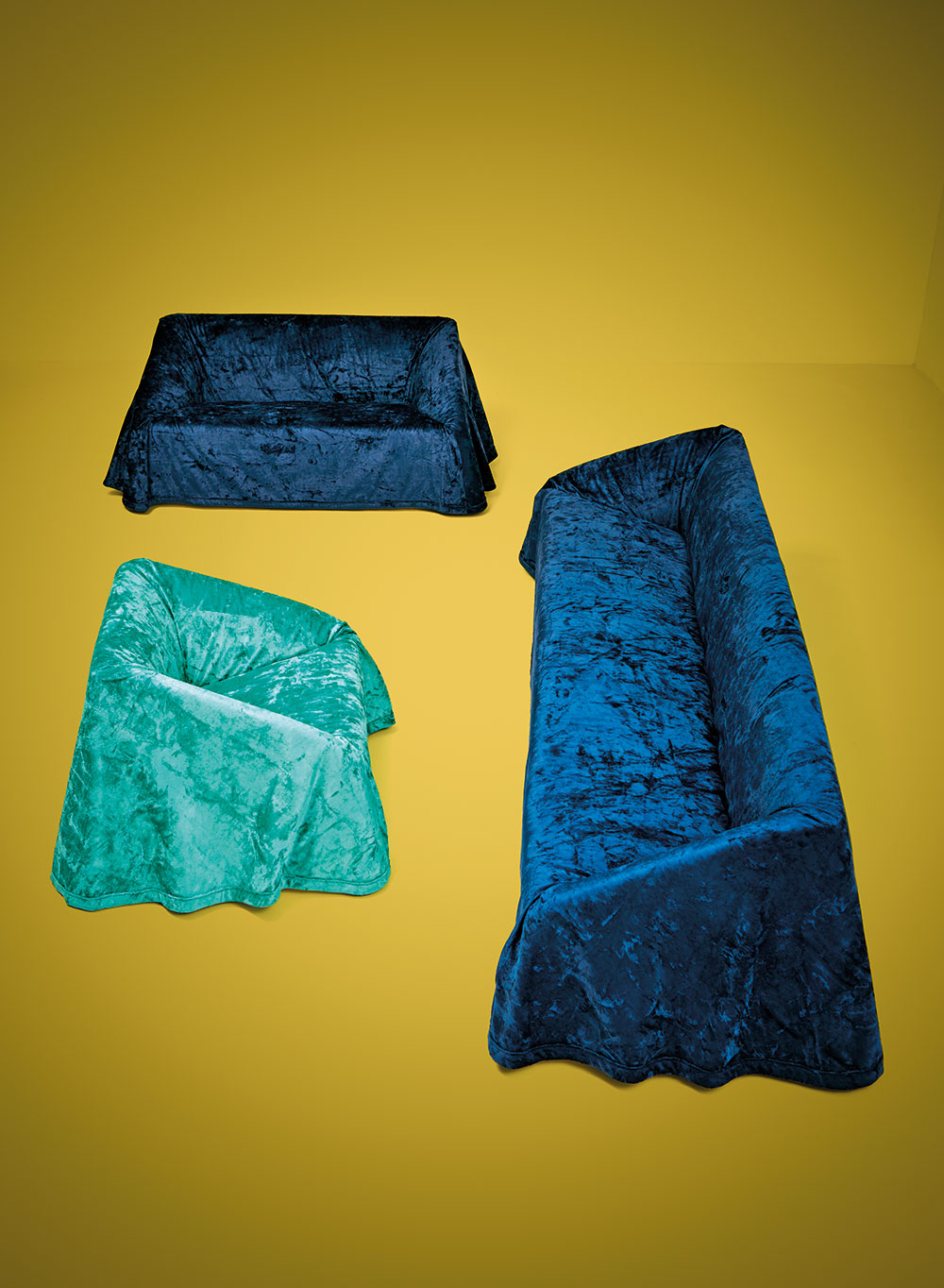
Kazuhide Takahama’s ‘Mantilla’ sofas
The reissued pieces in the inaugural collection include furniture by Takahama, one of the first creatives to collaborate with Gavina. Paradisoterrestre is bringing back Takahama’s ‘Naeko’ sofa bed and chairs, as well as his playful ‘Mantilla’ sofa, designed as a piece of furniture ‘wearing’ a cape. Other revivals include pieces created in collaboration with artists, such as Mariyo Yagi’s fringed lamps and a set of stainless steel flowers, which Gavina had made following an original 1920s design by Giacomo Balla. The collection also includes two mirrors designed by Gavina as a tribute to Man Ray, and a table lamp designed by the artist himself and developed in collaboration with Cacciari.
‘Gavina’s relationship with artists for me was the most important part of his legacy,’ says French designer Pierre Gonalons. ‘His art pieces in the 1970s were the beginning of “design art”; these were also intuitive, functional objects.’ Gonalons is designing the first new collection for Paradisoterrestre, inspired by Gavina’s principles. ‘I have been passionate about Gavina’s work since I was a student,’ he explains. ‘In fact, I became a designer because I discovered him at the time, so it’s very important for me to work on this new chapter of the Gavina story.’
The collection features Gonalons’ series of marble tables and rugs, designed as ‘folded’ objects and inspired by surrealism. ‘I wanted to turn the objects around, to see behind them. I imagined this concept of pleating the carpet, the marble, of creating a trompe l’oeil, an illusion,’ he adds. Gonalons also created his first fabric design for the brand. Used on the ‘Mantilla’ sofas, it was inspired by Giacomo Balla’s flower sculptures and produced by Pierre Frey. ‘Dino Gavina was an important part of the design evolution of that period,’ says Frey, who manufactured the rugs for the collection too. Paradisoterrestre’s debut also includes a series of glass vases by Italian artists Calori & Maillard, whose double circle designs reference Scarpa’s original Bologna store architecture.
Tonelli is determined to make the brand a celebration of Gavina’s achievements, and of his relationship with the art and design worlds. ‘Paradisoterrestre is about the relationship between objects and the spaces that will house them,’ says Tonelli. ‘A combination of creativity and the craftsmanship and manufacturing abilities that translate those ideas into something concrete.’
As originally featured in the May 2017 issue of Wallpaper* (W*218)
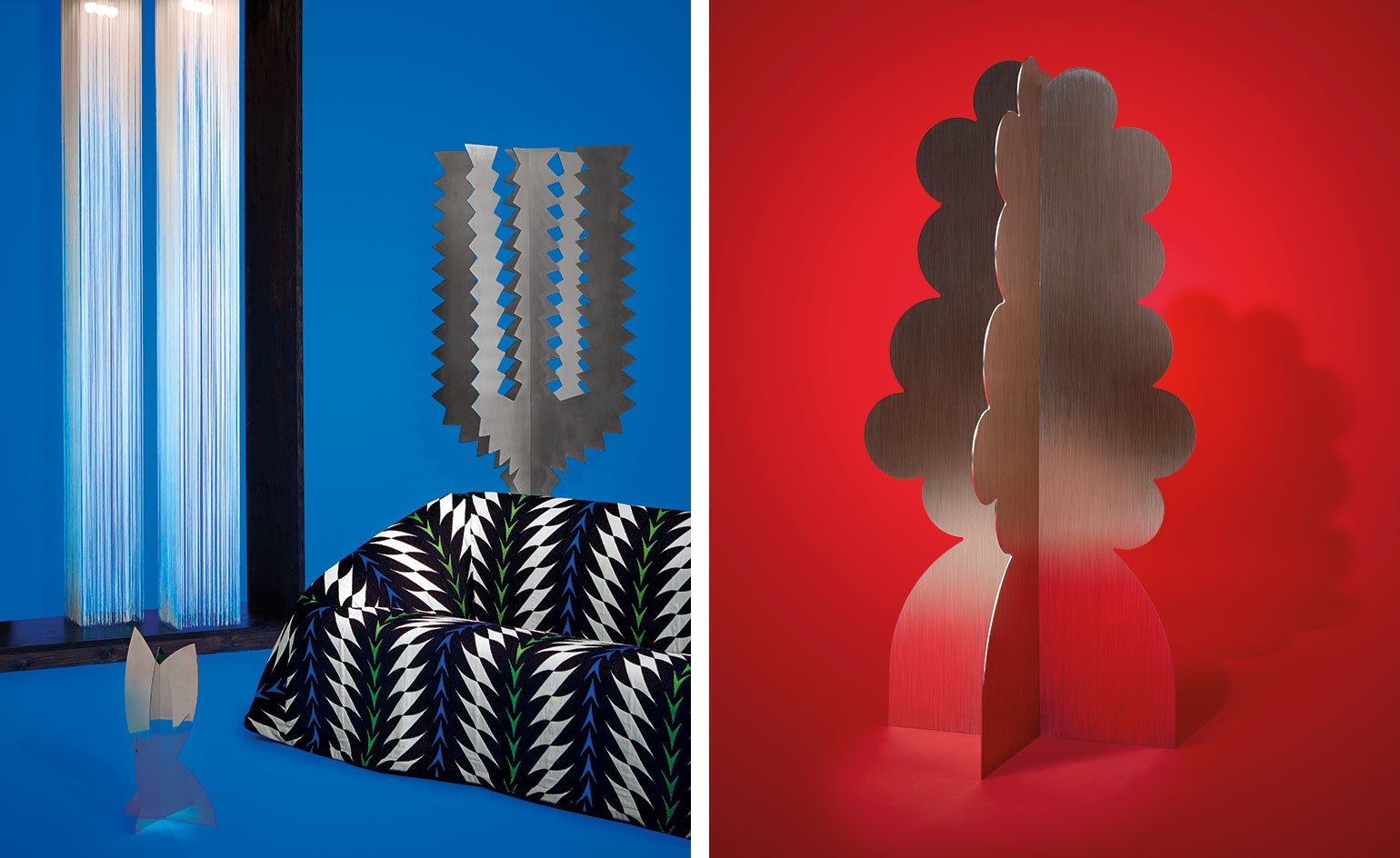
Left, lamps by Mariyo Yagi; stainless steel flowers by Giacomo Balla and ‘Mantilla’ sofa by Kazuhide Takahama, upholstered in fabric designed by Pierre Gonalons and produced by Pierre Frey. Right, another of Giacamo Balla's flowers
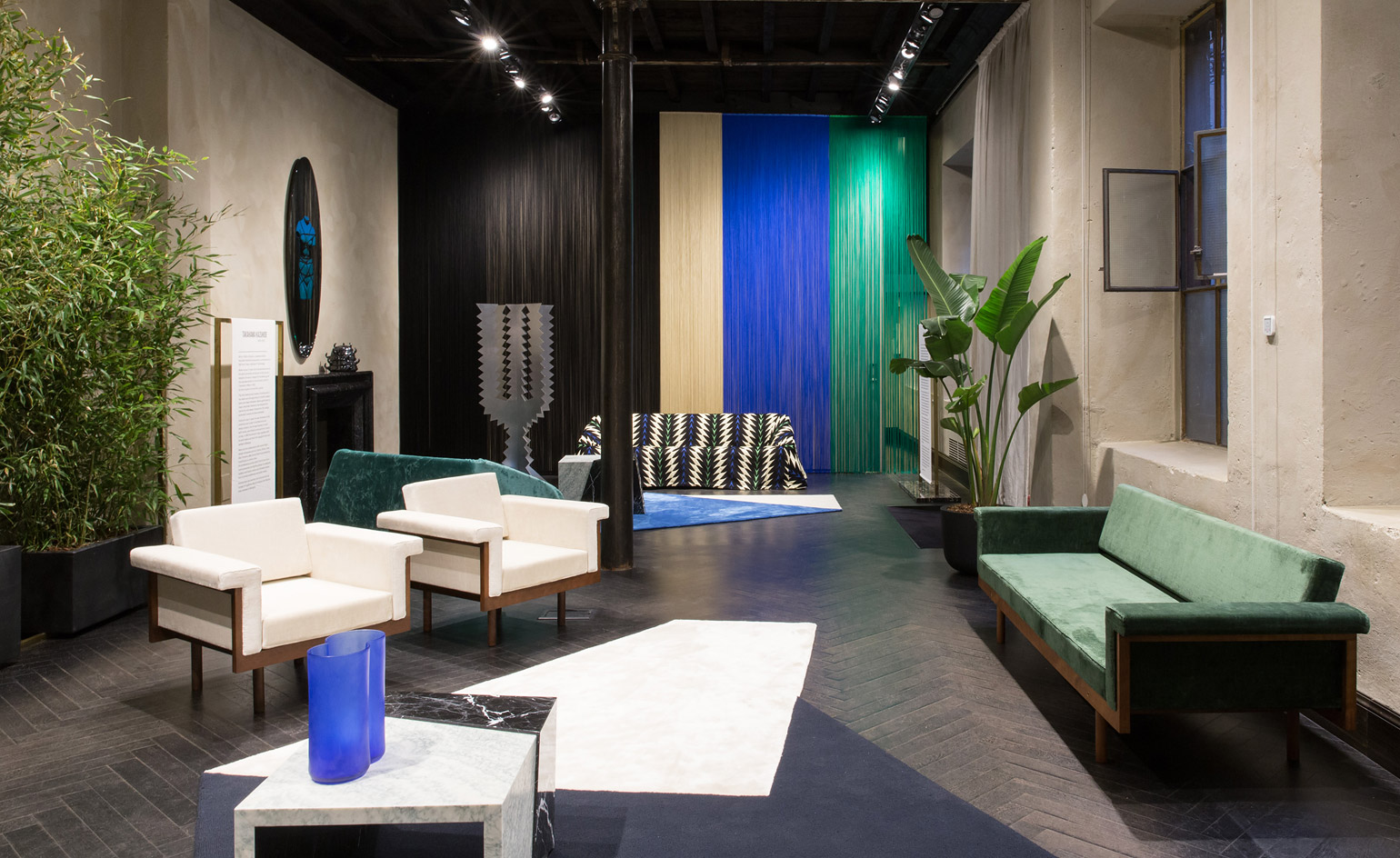
Installation view at Jato Showroom during Salone del Mobile.

Installation view at Jato Showroom during Salone del Mobile.
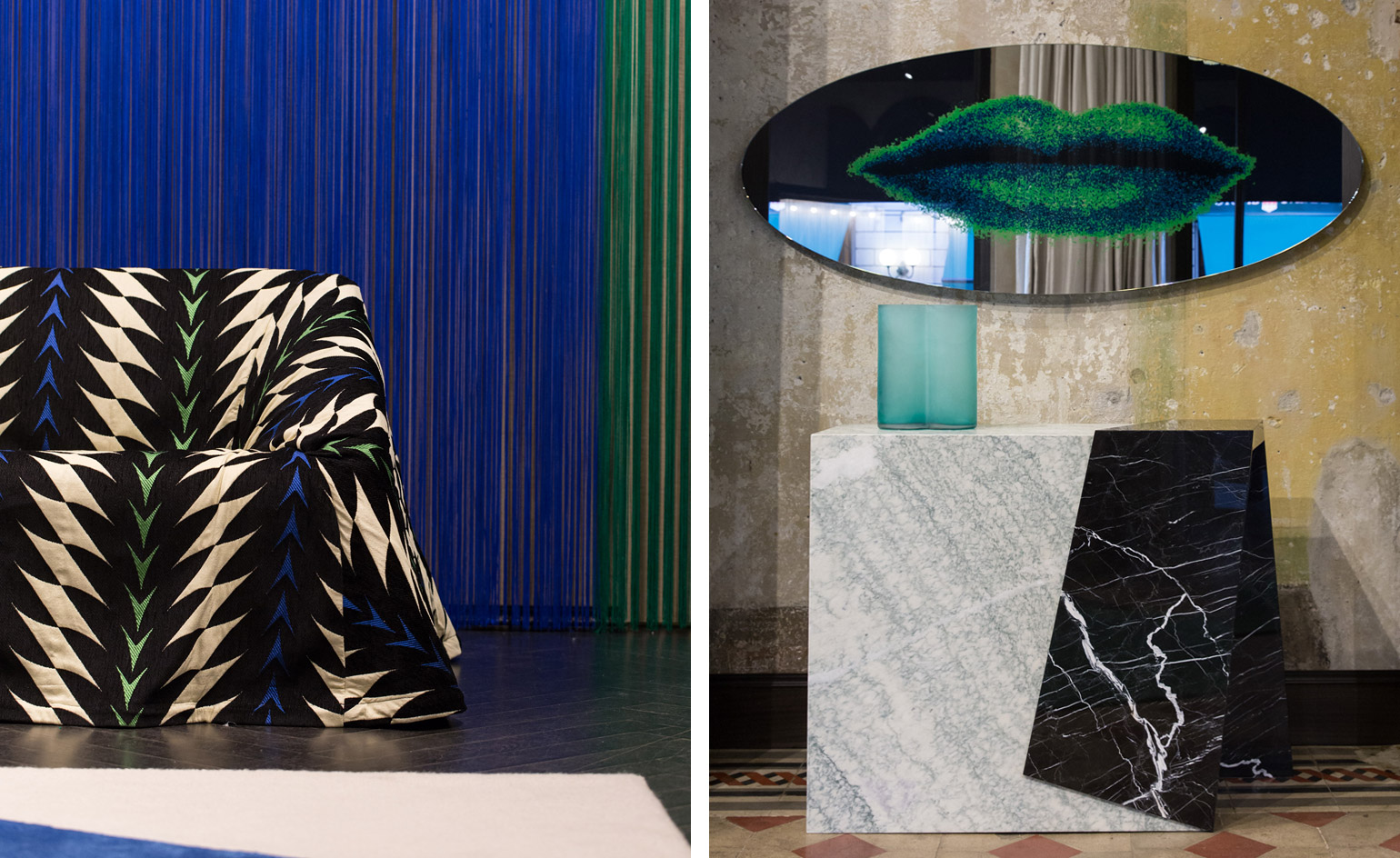
Installation view at Jato Showroom during Salone del Mobile.
INFORMATION
For more information, visit the Paradisoterrestre website
Receive our daily digest of inspiration, escapism and design stories from around the world direct to your inbox.
Rosa Bertoli was born in Udine, Italy, and now lives in London. Since 2014, she has been the Design Editor of Wallpaper*, where she oversees design content for the print and online editions, as well as special editorial projects. Through her role at Wallpaper*, she has written extensively about all areas of design. Rosa has been speaker and moderator for various design talks and conferences including London Craft Week, Maison & Objet, The Italian Cultural Institute (London), Clippings, Zaha Hadid Design, Kartell and Frieze Art Fair. Rosa has been on judging panels for the Chart Architecture Award, the Dutch Design Awards and the DesignGuild Marks. She has written for numerous English and Italian language publications, and worked as a content and communication consultant for fashion and design brands.
-
 ‘I want to bring anxiety to the surface': Shannon Cartier Lucy on her unsettling works
‘I want to bring anxiety to the surface': Shannon Cartier Lucy on her unsettling worksIn an exhibition at Soft Opening, London, Shannon Cartier Lucy revisits childhood memories
-
 What one writer learnt in 2025 through exploring the ‘intimate, familiar’ wardrobes of ten friends
What one writer learnt in 2025 through exploring the ‘intimate, familiar’ wardrobes of ten friendsInspired by artist Sophie Calle, Colleen Kelsey’s ‘Wearing It Out’ sees the writer ask ten friends to tell the stories behind their most precious garments – from a wedding dress ordered on a whim to a pair of Prada Mary Janes
-
 Year in review: 2025’s top ten cars chosen by transport editor Jonathan Bell
Year in review: 2025’s top ten cars chosen by transport editor Jonathan BellWhat were our chosen conveyances in 2025? These ten cars impressed, either through their look and feel, style, sophistication or all-round practicality
-
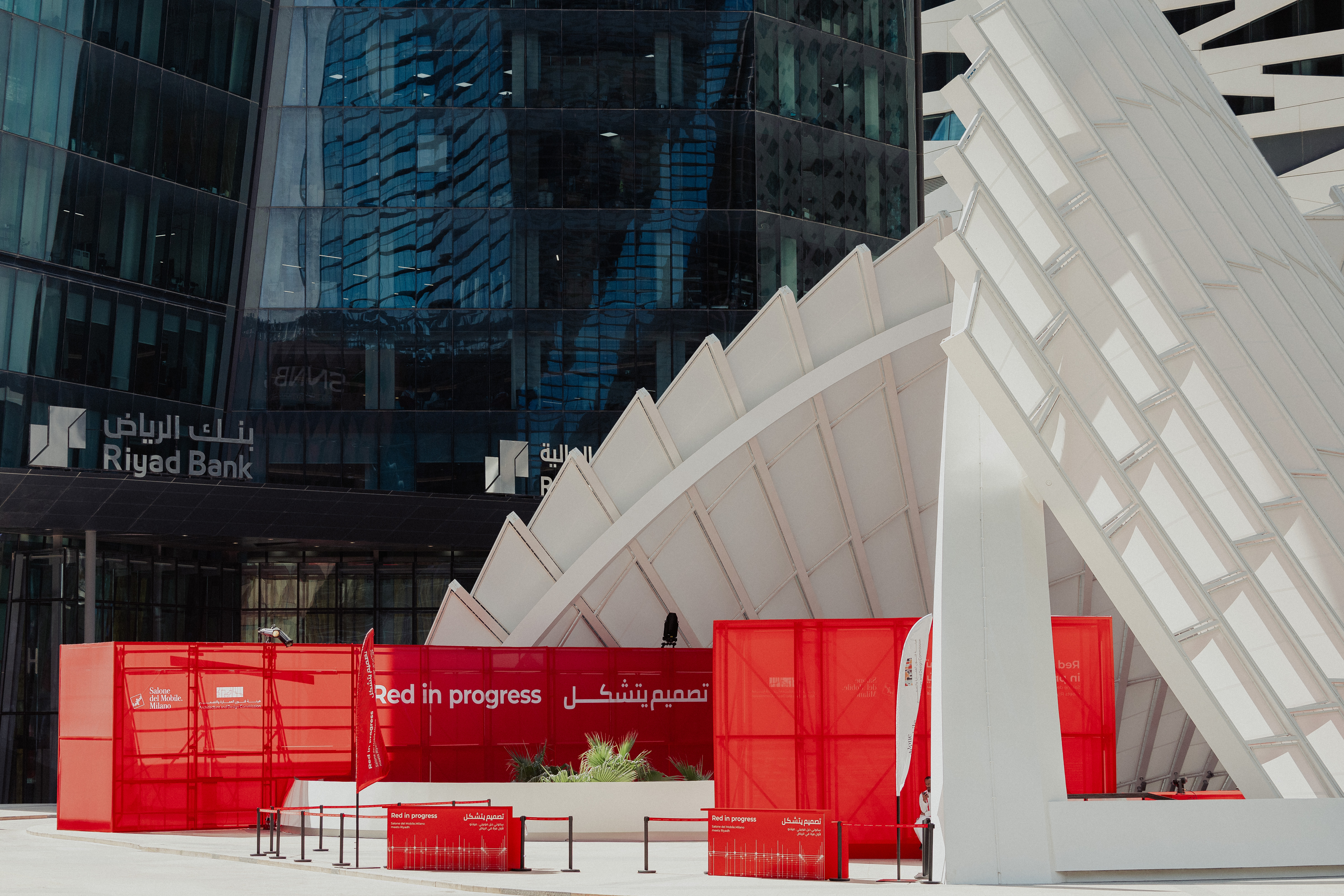 ‘Locally anchored and globally conversant’: Salone del Mobile debuts in Saudi Arabia
‘Locally anchored and globally conversant’: Salone del Mobile debuts in Saudi ArabiaSalone del Mobile lands in Riyadh (26-28 November 2025), bringing its creative and manufacturing know-how to one of the world’s fastest-growing markets and setting the stage for Italo-Saudi design relations
-
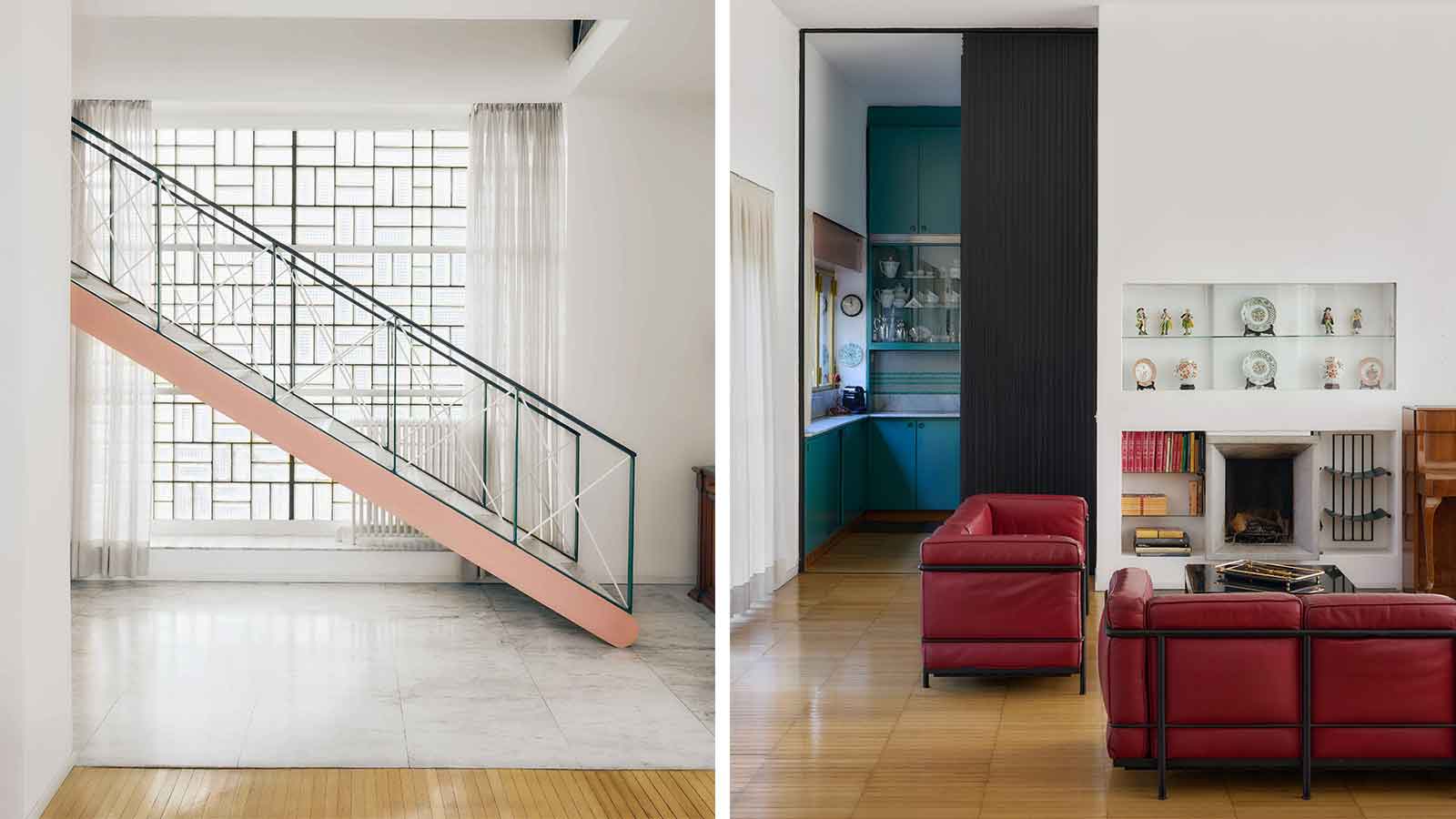 Alcova 2026 locations include a Rationalist gem and an abandoned church
Alcova 2026 locations include a Rationalist gem and an abandoned churchAlcova returns for an 11th edition in 2026 (20-26 April), once again opening up two exclusive Milanese locations, the Baggio Military Hospital and Franco Albini's Villa Pestarini
-
 Salone del Mobile 2026 will embrace collectible design with Salone Raritas
Salone del Mobile 2026 will embrace collectible design with Salone RaritasSalone del Mobile has Salone Raritas, a new exhibition space at the fair (21-26 April 2026), curated by Annalisa Rosso and designed by Formafantasma
-
 Step inside Faye Toogood's intimate cabinet of curiosities at PAD London
Step inside Faye Toogood's intimate cabinet of curiosities at PAD LondonFor PAD London 2025, (until 19 October) Faye Toogood presents The Magpie’s Nest with Friedman Benda
-
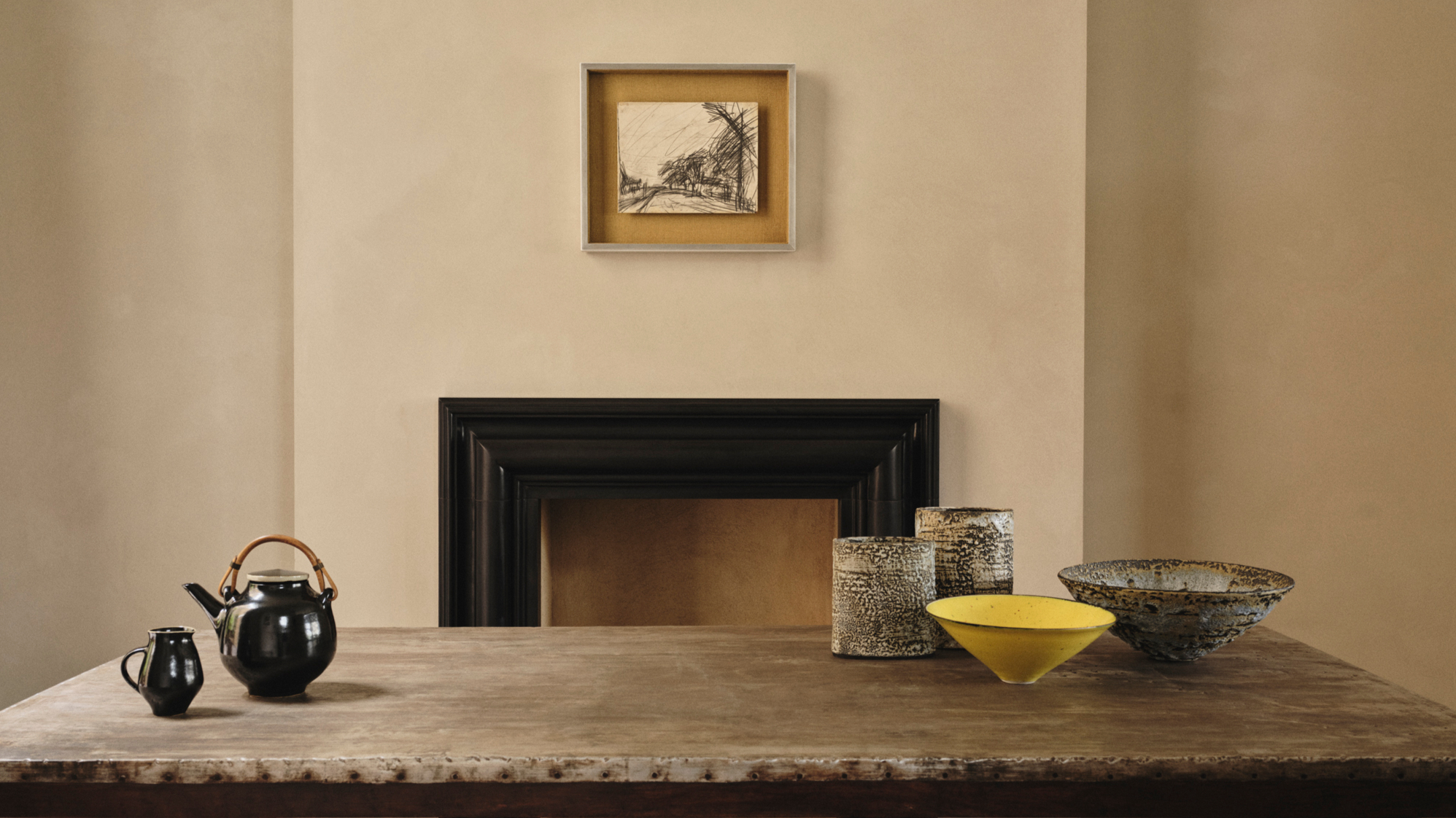 Rajan Bijlani opens his Primrose Hill home for ‘Electric Kiln’
Rajan Bijlani opens his Primrose Hill home for ‘Electric Kiln’In his London home – once the studio of ceramicist Emmanuel Cooper – Rajan Bijlani stages ‘Electric Kiln’, uniting Frank Auerbach, Lucie Rie and Cooper in an intimate reflection on the creative spirit of postwar London
-
 These are the design exhibitions to see in London during Frieze Week
These are the design exhibitions to see in London during Frieze WeekWe round up the best design events happening in London in conjunction with Frieze Week 2025: discover collectible design and craft across the city
-
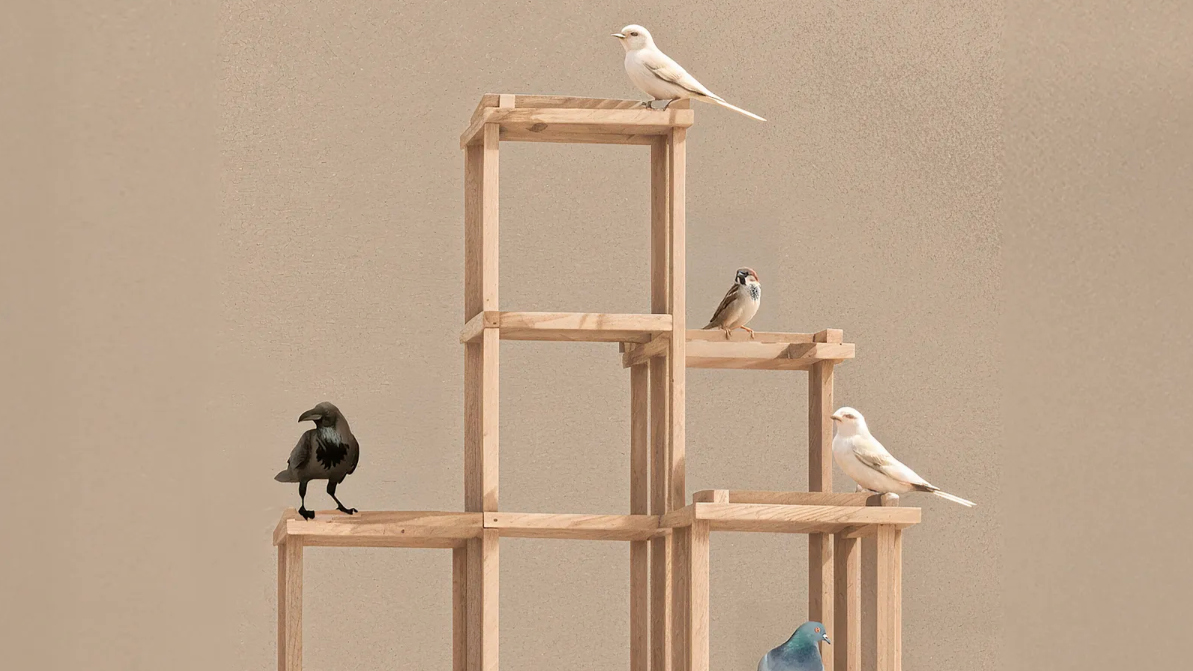 Norman Foster and nine other architects design birdhouses for charity – you can bid
Norman Foster and nine other architects design birdhouses for charity – you can bid‘Architects for the Birds’ is spearheaded by Norman Foster and the Tessa Jowell Foundation to raise funds to improve treatment for brain cancer. Ten architect-designed birdhouses will go up for auction
-
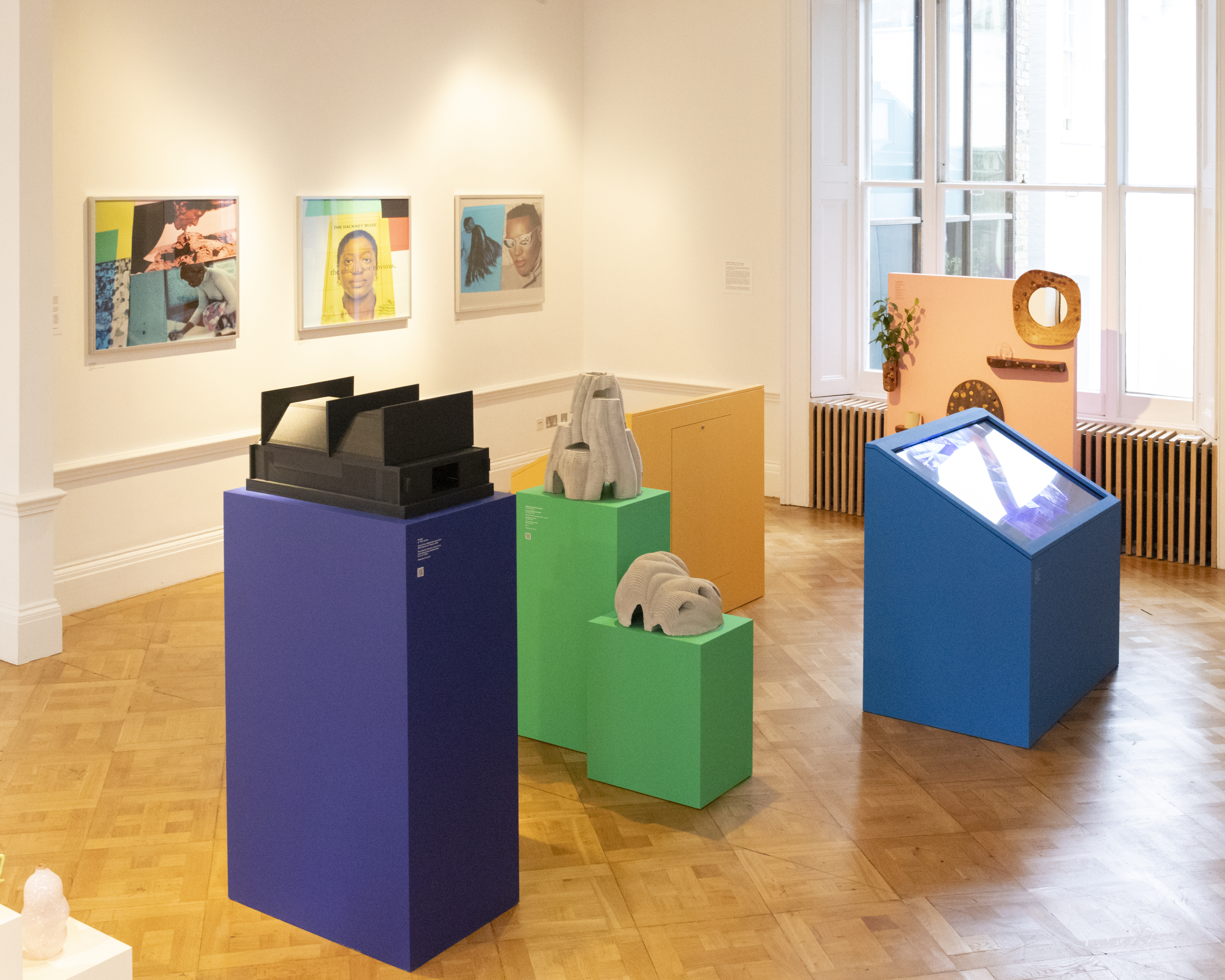 The David Collins Foundation celebrates creativity in all its forms at London Design Festival
The David Collins Foundation celebrates creativity in all its forms at London Design FestivalThe David Collins Foundation presents ‘Convergence’ at the Lavery during London Design Festival 2025 (on view until 19 September), featuring works from the Arts Foundation’s annual Futures Awards